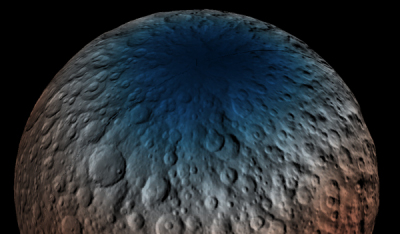Problems at Stratolaunch?
In the heat of competition: Vulcan Aerospace, the company building the giant Stratolaunch airplane designed launch orbital rockets from its underbelly, does not yet have a rocket for this purpose.
Originally that rocket was to be built by SpaceX, but that partnership ended in 2012.
Stratolaunch then contracted out its rocket work to Orbital Sciences Corp. (now Orbital ATK). The company also contracted with Aerojet Rocketdyne for six RL10C-1 rocket engines with an option for six more for use in the launch vehicle’s third stage.
The agreement with Orbital ended without the production of a launch vehicle, with Beames saying the rocket was not economical. Stratolaunch officials said they were reassessing the project in light of the shift in the market recently toward smaller satellites.
In 2015, Beames said that Stratolaunch was examining more than 70 launch vehicles for use with the Stratolaunch aircraft. He indicated that the company might use multiple launch vehicles to serve different payload classes. Beames said the company would announce its launch vehicle strategy in fall 2015, but that time came and went with no announcement. [emphasis mine]
It is very worrisome for them to be hunting for a rocket at this point of design. I am reminded of Virgin Galactic and SpaceShipTwo, which changed engine designs midstream, causing them enormous engineering problems and delays.
In the heat of competition: Vulcan Aerospace, the company building the giant Stratolaunch airplane designed launch orbital rockets from its underbelly, does not yet have a rocket for this purpose.
Originally that rocket was to be built by SpaceX, but that partnership ended in 2012.
Stratolaunch then contracted out its rocket work to Orbital Sciences Corp. (now Orbital ATK). The company also contracted with Aerojet Rocketdyne for six RL10C-1 rocket engines with an option for six more for use in the launch vehicle’s third stage.
The agreement with Orbital ended without the production of a launch vehicle, with Beames saying the rocket was not economical. Stratolaunch officials said they were reassessing the project in light of the shift in the market recently toward smaller satellites.
In 2015, Beames said that Stratolaunch was examining more than 70 launch vehicles for use with the Stratolaunch aircraft. He indicated that the company might use multiple launch vehicles to serve different payload classes. Beames said the company would announce its launch vehicle strategy in fall 2015, but that time came and went with no announcement. [emphasis mine]
It is very worrisome for them to be hunting for a rocket at this point of design. I am reminded of Virgin Galactic and SpaceShipTwo, which changed engine designs midstream, causing them enormous engineering problems and delays.

